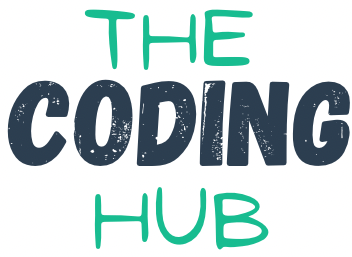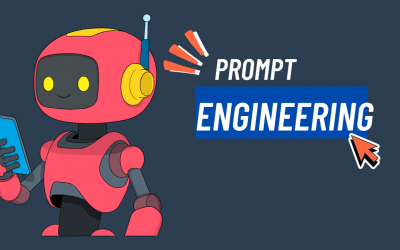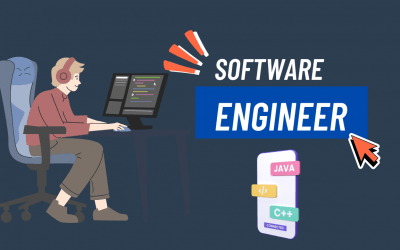GO Language Examples: A Comprehensive Guide
Introduction
Go, also known as Golang, is an open-source programming language developed by Google. Known for its simplicity and efficiency, it has become a popular choice for developers in areas such as web development, cloud services, and command-line tools. This article delves into practical Go language examples to illustrate its syntax and capabilities, aiding both beginners and seasoned programmers in enhancing their understanding and proficiency.
Getting Started with Go
Setting up the Go Development Environment
Before diving into Go coding, setting up a proper development environment is crucial. Installation typically involves downloading the Go binary for your operating system from the official Go website. Setting the GOPATH environment variable, which specifies the location of your workspace, is a critical step in configuration.
Basic Syntax and Structure of a Go Program
A Go program starts with the package declaration, followed by import statements for external libraries, and finally the functions. The main function serves as the entry point of any executable program. Understanding this basic structure is fundamental to becoming proficient in Go.
Fundamental Go Language Examples
Hello World in Go
The quintessential “Hello World” program in Go is straightforward yet illustrates the basic syntax:
package main
import "fmt"
func main() {
fmt.Println("Hello, world!")
}This example demonstrates the use of the fmt package to print text to the console.
Data Types and Variables
Go supports basic data types such as integers, floats, booleans, and strings. Variables are declared using the var keyword or the shorthand := syntax for inferred types:
var age int = 30
name := "John Doe"Control Structures in Go
If-Else Statements
Conditional logic in Go is handled by if-else statements, similar to other C-like languages:
if age > 18 {
fmt.Println("Adult")
} else {
fmt.Println("Minor")
}Loops: For and Range
Go simplifies looping constructs by only offering the for loop, which can be adapted for various use cases:
for i := 0; i < 10; i++ {
fmt.Println(i)
}
// Using range with a slice
numbers := []int{1, 2, 3}
for index, value := range numbers {
fmt.Println(index, value)
}Functions in Go
Defining and Calling Functions
Functions in Go are defined with the func keyword and can return multiple values, a distinctive feature of the language:
func getName() (firstName, lastName string) {
return "John", "Doe"
}Understanding Multiple Return Values
This feature allows functions to return more than one value, simplifying error handling and other tasks:
func getFullName() (string, string) {
return "John", "Doe"
}
firstName, lastName := getFullName()Advanced Data Structures
Slices and Maps
Slices are dynamic arrays that can grow and shrink as needed. Maps are key-value stores used for fast lookup:
// Slice example
scores := []int{90, 85, 80}
// Map example
m := map[string]int{"Alice": 25, "Bob": 30}Structs and Interfaces
Structs are collections of fields that describe a data structure, akin to classes in other languages. Interfaces define method signatures for different types:
type Person struct {
Name string
Age int
}
func (p Person) Greet() string {
return"Hello, my name is " + p.Name
}Concurrency in Go
Goroutines for Concurrent Execution
Concurrency is a first-class feature in Go, implemented with goroutines, lightweight threads managed by the Go runtime:
go func() {
fmt.Println("Running in a goroutine")
}()Channels for Communication Between Goroutines
Channels facilitate communication between goroutines, ensuring synchronization without explicit locks or condition variables:
messages := make(chan string) go func() {
messages <- "ping"
}()
msg := <-messages
fmt.Println(msg)Go Packages and Libraries
Utilizing Standard Libraries
The Go standard library offers a wealth of functionality ranging from file handling to HTTP servers. Familiarity with these libraries can greatly enhance a developer’s productivity.
Importing Third-Party Packages
The Go community has developed numerous packages that extend the functionality of the language. Using the go get command, developers can incorporate these packages into their projects.
Error Handling and Debugging
Proper Error Handling Techniques
Error handling in Go is done by returning an error value from functions. The idiomatic way involves checking whether the error is nil before proceeding:
if err != nil {
fmt.Println("Error occurred:", err)
return
}Debugging Tools and Best Practices
Effective debugging in Go can be facilitated using tools like Delve or built-in GDB support. Understanding common pitfalls and utilizing logging can aid in quickly identifying issues in code.
Real-World Applications of Go
Web Development with Go
Go is highly efficient for building web servers due to its inherent support for concurrency and fast execution. Frameworks like Gin and Echo can be used to simplify routing and middleware integration.
Networking and Server-Side Programming
Go’s standard library includes powerful tools for developing networked services. Writing robust server-side applications is straightforward due to the excellent support for concurrent operations and robust networking libraries.
Resources for Further Learning
Books and Online Courses
There are numerous resources available to deepen one’s knowledge of Go, ranging from introductory books like “The Go Programming Language” by Alan Donovan and Brian Kernighan, to online courses on platforms like Coursera and Udemy.
Community and Forums Engaging with the Go community through forums and groups such as the Golang subreddit, Go Forum, and the Go community on GitHub can provide support and insight from experienced developers.
This comprehensive look at Go through practical examples and real-world applications provides a solid foundation for any developer looking to master or improve their Go programming skills. Whether you are just starting out or looking to deepen your understanding of Go, these examples and insights will prove invaluable in your coding journey.
Other Articles
The Art and Science of Prompt Engineering: Crafting the Future of AI Interaction
Beyond Keywords – Defining Prompt Engineering We stand at the precipice of a new paradigm in human-computer interaction. The rise of sophisticated Large Language Models (LLMs), such as GPT-4 and its contemporaries, has shifted our communication with technology from...
What is a Software Engineer
The Architects of Digital Reality Software engineers constitute the fundamental workforce orchestrating our technologically mediated existence. These professionals transmute abstract concepts into functional applications that permeate every facet of contemporary life....
Angular TypeScript: A Comprehensive Guide to Modern Web Development
Introduction to Angular TypeScript Integration Angular's symbiotic relationship with TypeScript represents a paradigmatic shift in modern web development methodologies. This powerful amalgamation emerged from Google's recognition that large-scale applications require...




